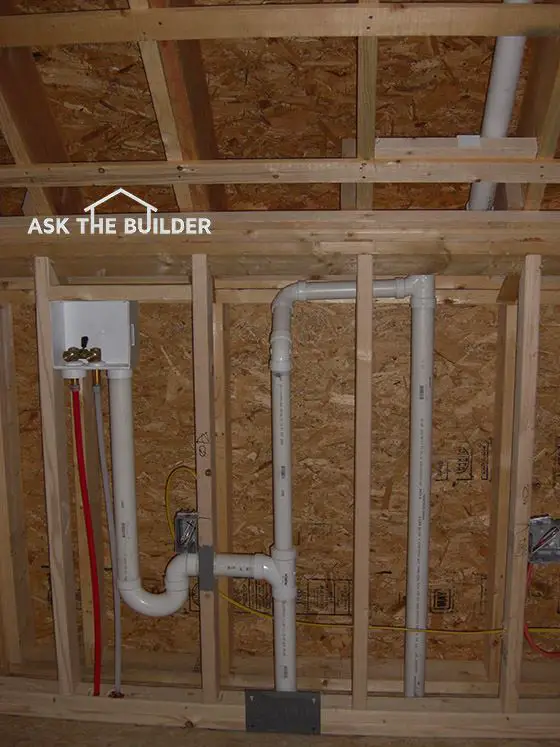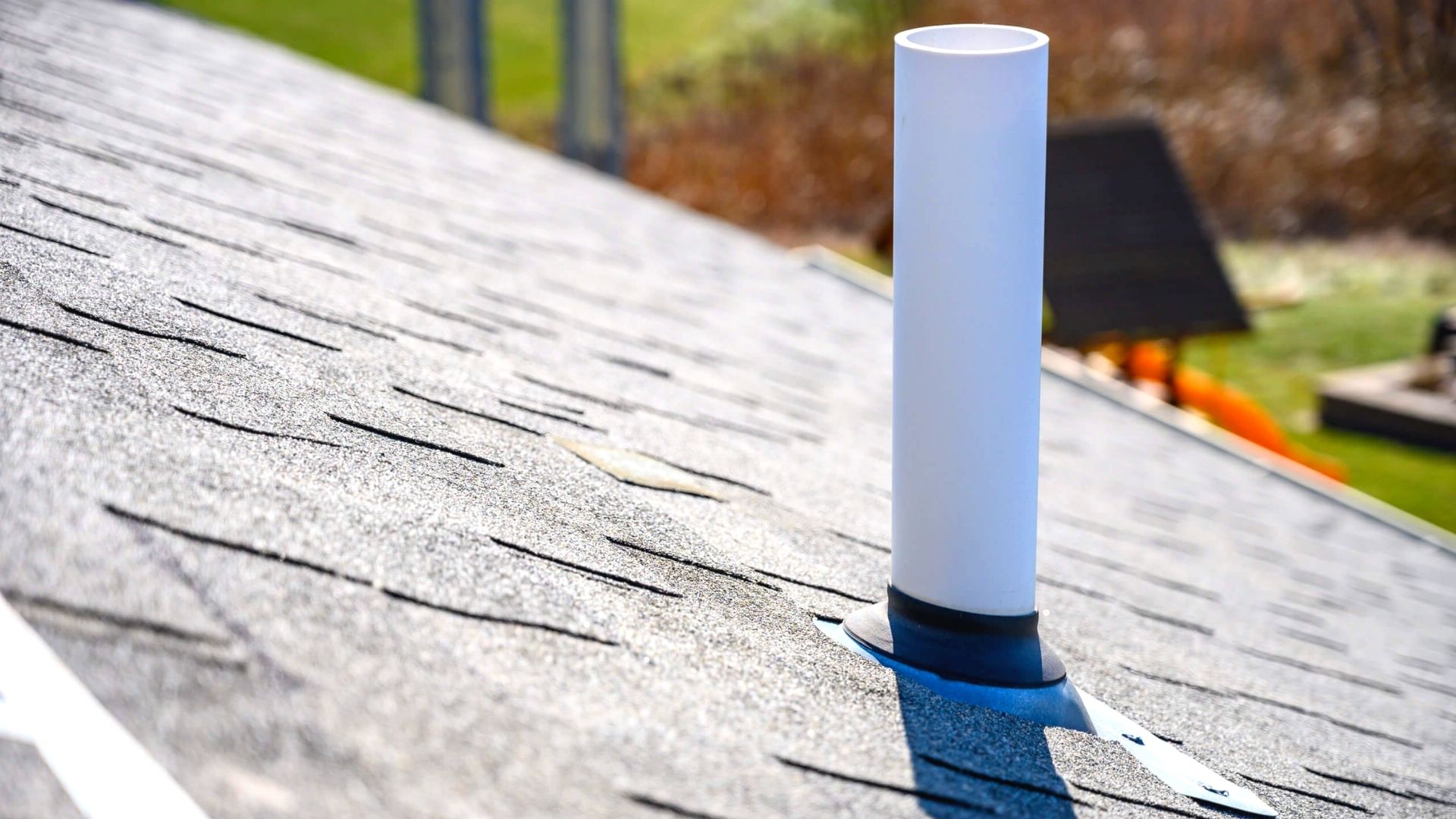Have you been looking for details concerning What Is a Plumbing Vent and Why Is It Important?

Correct ventilation in plumbing systems is usually overlooked, yet it is crucial for preserving the capability and safety and security of your home's plumbing. Air flow helps control atmospheric pressure, avoid the buildup of hazardous gases, and make sure the reliable elimination of waste. In this guide, we will certainly discover the value of correct pipes ventilation, exactly how it works, and the advantages it gives your plumbing system.
How Ventilation Functions in Pipes Equipments
Atmospheric Pressure Guideline
Correct air flow preserves balanced atmospheric pressure within the pipes system. When water streams through pipelines, it displaces air. Without sufficient ventilation, this variation can create adverse stress, resulting in slow drains pipes or siphoning of water from catches, which can trigger undesirable odors to permeate right into the home.
Avoiding Drain Gas Build-up
Among the most critical functions of pipes vents is to avoid sewage system gases, such as methane and hydrogen sulfide, from collecting within the home. These gases can present major health and wellness dangers and are highly flammable. Vent pipelines permit these gases to get away securely outdoors.
Aiding in Waste Removal
Air flow helps in the efficient elimination of wastewater by protecting against airlocks in the drainage system. When air can flow freely through the vents, it enables water and waste to move smoothly via the pipes, reducing the threat of blockages and back-ups.
Benefits of Correct Ventilation
Enhanced System Effectiveness
Effectively aerated plumbing systems run much more effectively, with less blockages, faster draining, and much less pressure on the pipes. This effectiveness prolongs the life expectancy of the plumbing system.
Improved Air High Quality
By protecting against sewer gases from entering your home, appropriate ventilation contributes to much better indoor air high quality, making your living setting healthier and much more comfortable.
Protecting Against Water Damages
Appropriate air flow aids protect against water from being siphoned out of catches, which can cause sewer gases getting in the home and triggering water damage gradually.
Steps to Make Sure Proper Air Flow
Consulting Pipes Codes
Constantly consult neighborhood pipes codes when developing or changing your plumbing system. These codes offer the needed guidelines for correct venting and ensure your system meets security requirements.
Normal Examination and Maintenance
Routine inspections can aid determine prospective air flow problems prior to they come to be major troubles. Maintenance jobs, such as cleaning up vent pipelines and checking for clogs, are essential for keeping the system in good working order.
Expert Installment
For new installments or significant modifications, it's a good idea to hire a specialist plumbing. They have the knowledge to make certain the air flow system is appropriately made and mounted according to code.
Comprehending Ventilation in Plumbing
Ventilation in pipes describes the network of pipes that enable air to stream via the water drainage system. These vents serve several purposes, including managing atmospheric pressure within the pipes, preventing sewage system gases from entering the home, and aiding in the smooth flow of wastewater.
Types of Pipes Vents
Main Heap Vent
The main stack air vent, additionally referred to as the vent stack, is the key vent in a pipes system. It prolongs from the primary drain align via the roof, permitting gases to leave and fresh air to go into the system.
Branch Vent
Branch vents link to the primary pile vent and serve individual fixtures, such as sinks, bathrooms, and showers. These vents guarantee that each fixture has adequate air flow to work effectively.
Air Admittance Valve (AAV).
An Air Admittance Shutoff (AAV) is a one-way shutoff that allows air to get in the pipes system without the demand for a typical air vent pipe prolonging with the roof. AAVs are commonly utilized in restorations or areas where installing a basic vent is impractical.
Indications of Poor Air Flow in Plumbing.
Slow Draining Fixtures.
If your sinks, bathtubs, or commodes are draining slowly, it could be an indicator of poor air flow. Inadequate air circulation can develop a vacuum cleaner impact, making it challenging for water to drain effectively.
Gurgling Sounds.
Gurgling audios originating from drains pipes are usually a result of air being sucked via water traps due to unfavorable pressure in the pipelines. This is a clear indication of insufficient air flow.
Unpleasant Smells.
Sewer odors inside your home are a red flag that your plumbing system is not appropriately ventilated. This can imply that sewage system gases are not being effectively vented outside, causing potentially harmful problems.
Common Ventilation Errors.
Poor Vent Sizing.
Making use of undersized vent pipes can cause inadequate air circulation and stress discrepancies in the system. It's vital to make use of vents that meet the specific demands of your pipes system.
Improper Vent Placement.
Putting vents also much from the components they offer can reduce their efficiency. Appropriate placement makes sure that air can move openly and effectively with the system.
Disregarding Code Needs.
Building ordinance offer specific standards for pipes air flow. Neglecting these codes can result in a system that stops working to work correctly and may result in expensive repair services or carcinogen.
Final thought.
Appropriate air flow is an essential part of any kind of pipes system, guaranteeing that it operates efficiently and securely. By comprehending the importance of ventilation, recognizing the indications of inadequate air flow, and taking actions to maintain your system, you can prevent pricey issues and secure your home's air quality.
4 Things You Should Know About Your Plumbing Vents
What Plumbing Vents Are
Also called a vent stack, a plumbing vent is a vertical pipe attached to your drain line that runs through your roof. The plumbing vent pipe, or plumbing air vent, removes gas and odors from your plumbing system and allows fresh air to enter the pipes, helping the water to flow out of the drain pipes.
What Plumbing Vents Do
Plumbing vents have two basic functions. One of which is to allow unpleasant smelling wastewater and sewer gasses to escape your plumbing system instead of entering your home. Plumbing vent pipes are typically located on roofs, away from windows, to ensure the fumes exit the home completely.
The other function of the plumbing vent is to move fresh air into your plumbing system. This helps move water through every plumbing fixture in your house, like toilets and sink drains. Think of the way in which you need to let a little air into the bottle as you pour soda in order to make the drink flow smoothly.
Different Types of Plumbing Vents
- True vent: This is the most common vent option. In simplest terms, a true vent is a vertical pipe attached to your drain line that exits through the roof. They often function as the main vent that other fixtures can connect to.
- Re-vent pipe or auxiliary vent: Attached to the drain line near specific plumbing fixtures, re-vent pipes run up and over to connect to the main vent.
- Common vent: Two plumbing fixtures installed on opposite sides of a wall are typically tied into the vent stack using something known as a sanitary cross.
- Wet vent: This venting option operates as a drain pipe and a vent at the same time. Wet vent drainage systems drain water from one fixture while venting the air from another. Although they’ve been used for over 100 years, wet vent systems have only recently been added to the plumbing code in many areas. If you’re planning on installing one in a bathroom remodel, make sure you check your local code prior to construction.
- Loop vent: For free-standing fixtures like kitchen island sinks, loop vents are ideal. These vent pipes run under the floor, rise from the P-trap, and create a loop inside the cabinet sink.
- Air admittance valve: An AAV is a one-way mechanical valve typically installed at the site of the plumbing fixture. AAVs allow venting to occur without having to tie into a larger venting system. They’re ideal for venting fixtures where you aren’t able to easily connect to an existing vent system.
Common Plumbing Vent Issues
Although vent pipes typically don’t have water flowing through them, they’re still subject to many typical plumbing issues. For example, clogs are one of the most common problems associated with sewer vent pipes. If your vent pipe gets clogged, all of your plumbing fixtures tied into the vent stack will be affected.
A sink with a slow drain that bubbles and gurgles or a strong sewage smell around your toilet are both indicators that your toilet vent pipe is clogged. Because most vent pipes exit through the roof, old leaves, twigs or even a bird’s nest could be clogging the pipe.
Clogs in your vent pipe system cause a buildup of negative pressure, meaning that water won’t be able to flow out of your home very well. It’s similar to putting your finger over the opening of a straw to trap water inside. When you remove your finger, the water is able to flow out of the straw.
If you suspect you have any blockage in your vent, make sure you have a professional come examine the situation. Left unchecked, a blocked air vent can lead to other costly repairs, like leaks and sediment buildup.
Under Pressure
Pipe vents are essential aspects of a home’s plumbing system. Owning a home means learning about all sorts of things you never put much thought into before. But by understanding as much as you can about the important systems of your home, you can keep those budgets intact and those anxiety levels low.
https://www.homeserve.com/en-us/blog/home-improvement/plumbing-vents/

Do you really like more info about ? Write a review directly below. We would be pleased to listen to your thinking about this blog posting. We are looking forward that you visit us again in the near future. Are you aware of another person who is intrigued by the topic? Feel free to share it. We appreciate reading our article about .
Call Today
Comments on “Understanding The Necessity of Proper Ventilation in Plumbing Systems”